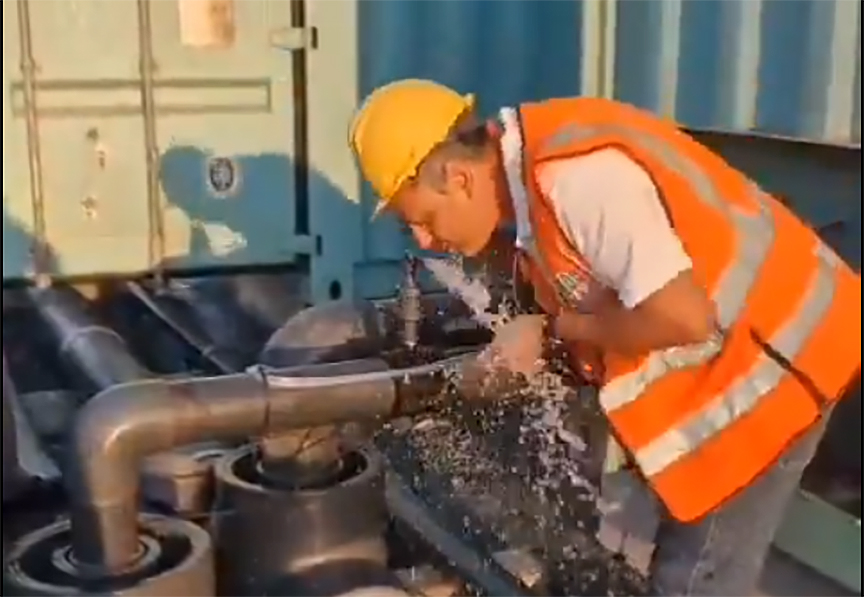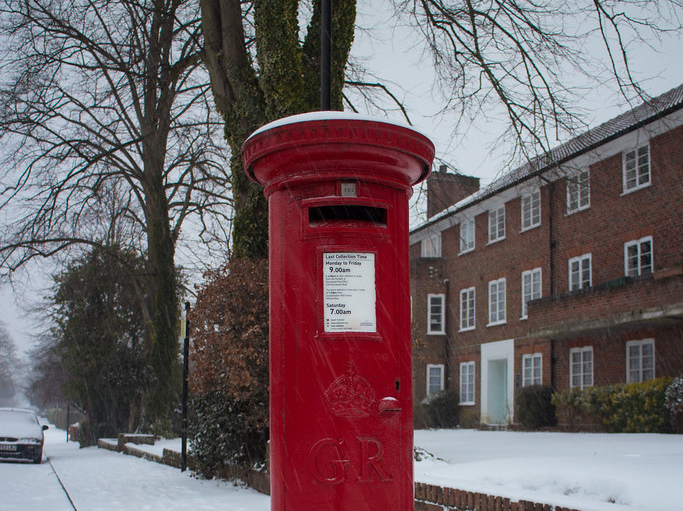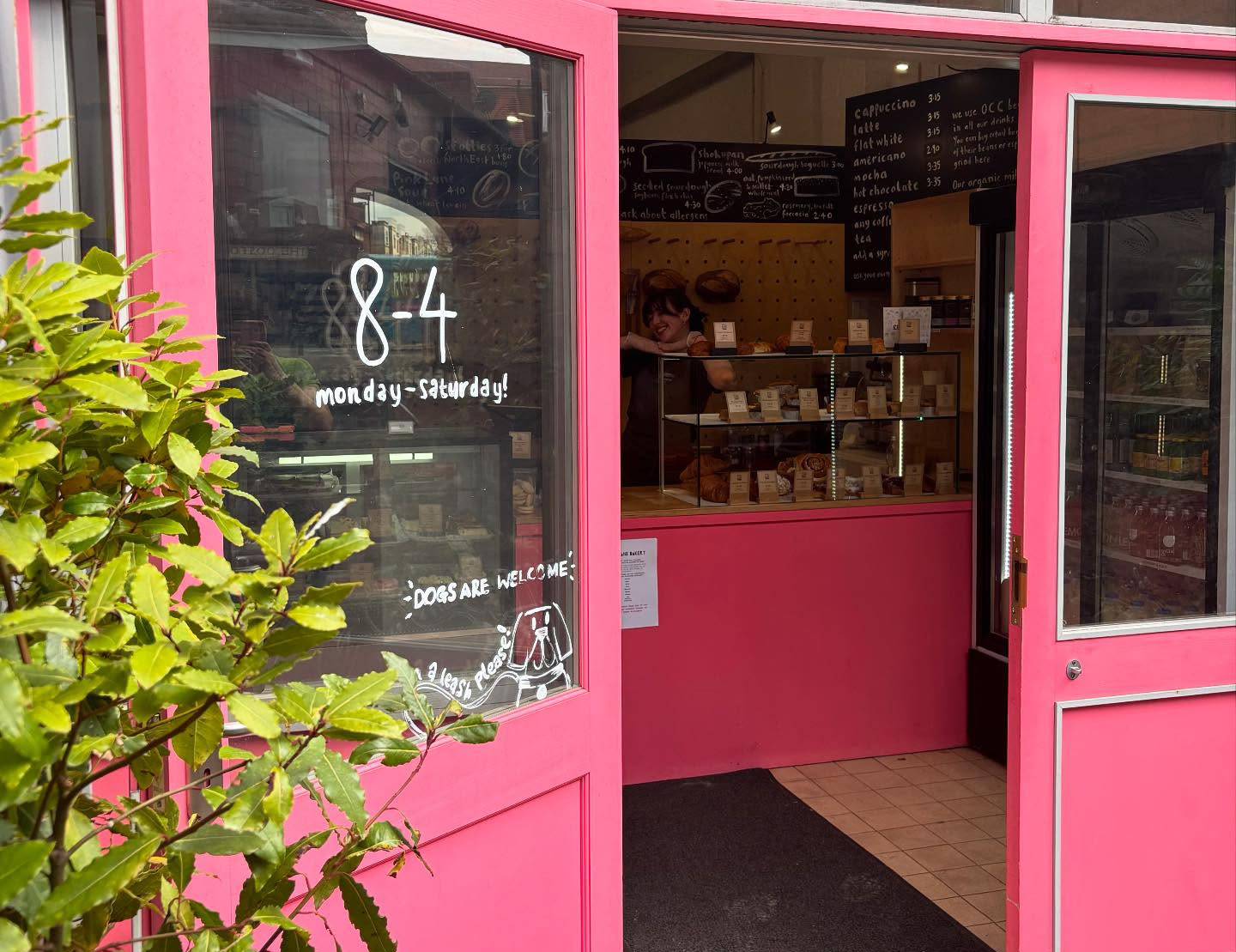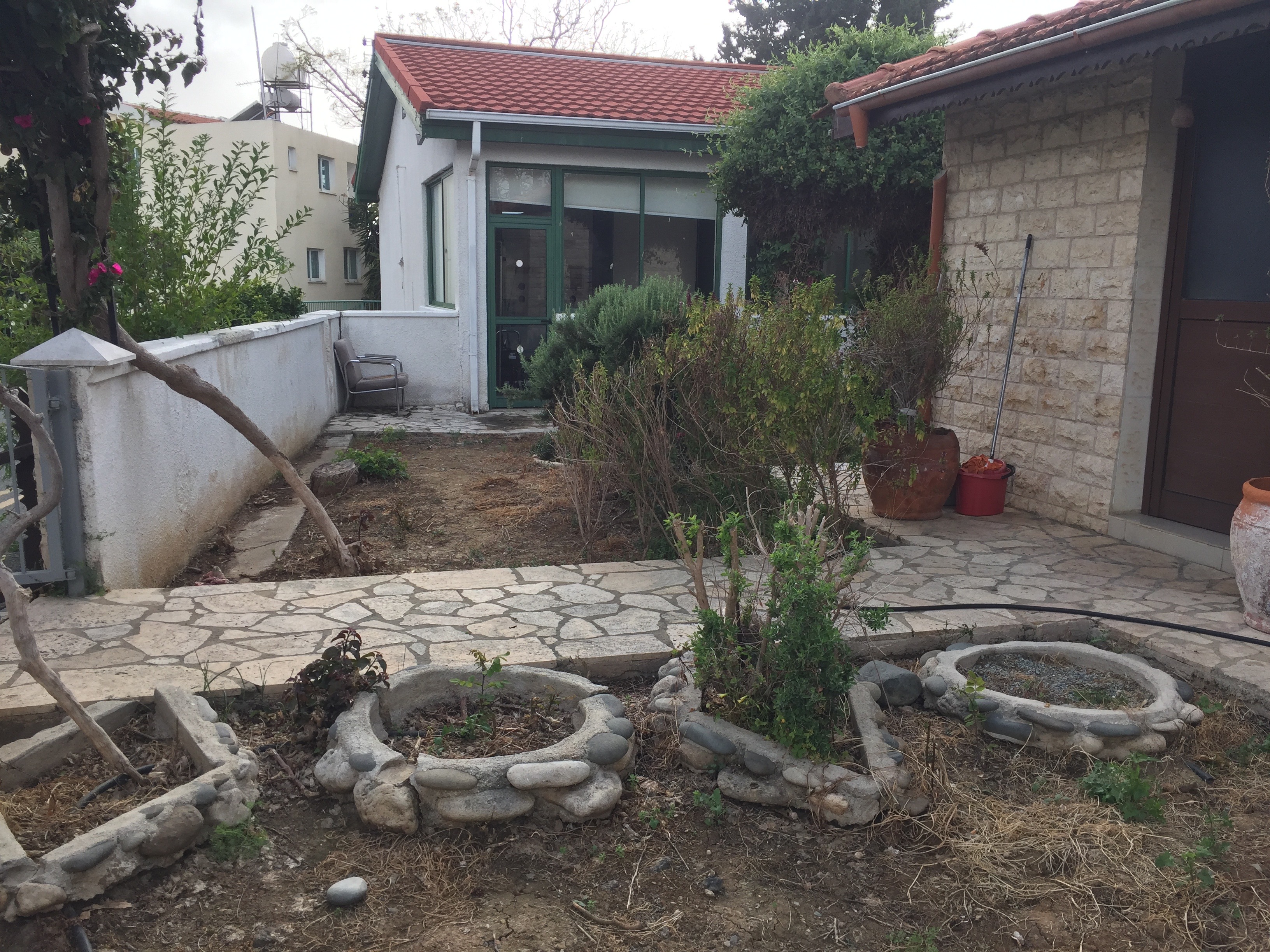A new mobile desalination unit was on Monday put into service near Potima beach, in the Paphos village of Kissonerga.
The unit will initially produce 2,000 cubic metres of water per day, with that figure set to rise to 10,000 when the unit is fully operational.
Paphos district governor Charalambos Pittokopitis visited the site on Monday and said the fact the desalination unit was put into service on time “fully satisfies” him.
He then thanked a list of people who he said had “undertaken the creation and execution of the project”, including the water development department’s Paphos district engineer Charis Kasioulis and Agriculture Minister Maria Panayiotou.
“They are giving us the opportunity to manage in the best way possible the water problem which the town and the district have been facing, in a very difficult period,” he said, adding that the “reliability” demonstrated by the water development department allows the Paphos district to “manage water in the best possible way”.
He added that the new desalination unit has already been connected to the water supply of the nearby villages of Peyia and Kissonerga, and that “it is expected that a larger mobile unit will be operational in September, and a third in October”.
On this matter, he added that both Peyia and Kissonerga “have suffered over the last two years in terms of the supply of drinking water”.
With this in mind, and with the desalination unit which burnt down in Kouklia last year set to return to action in the near future, he said that “I can say with certainty that we have now resolved the water problem, both for the town and the district of Paphos”.
Kasioulis joined Pittokopitis at the site and said that the flow of water into the Paphos district’s reservoirs remains “negligible”.
Asked about the Mavrokolympos reservoir, which was entirely drained in January to fix a corroded vent, he said “studies have been completed”, and that as such, work to fix the vent and then to be able to reopen the reservoir will be completed “before the winter season”.
The opening of the new desalination unit comes a day after the water development department had announced that 12 mobile desalination units which were imported from the United Arab Emirates are now in operation, and that one more will enter service soon.
In addition, it said, more will be imported next year.
“The implementation of measures to address water scarcity is progressing rapidly,” it said, adding that the units which are set to arrive next year will “strengthen the balance of Cyprus’ water supply and address the effects of the prolonged drought”.
The first mobile desalination unit from the UAE entered service last month, with acting water development department director George Kazantzis describing the units’ installation as an “extremely complex process which took place in limited time”.
Of the water itself, he said that whatever is not required by consumers in the Limassol district will be transferred to the southern conveyor and channelled to the Nicosia, Larnaca and Famagusta districts, which are all currently receiving water from the Kouris reservoir, northwest of Limassol.
The arrival of the desalination units from the UAE was announced by President Nikos Christodoulides in April, with government spokesman Konstantinos Letymbiotis later saying there will be “no risk” of there being any water cuts in Cyprus this summer as a result of the units’ forthcoming arrival.
Christodoulides had stressed that the units will be provided “free of charge”, a fact he said “underlines the importance of relations in the context of the country’s foreign policy, and in matters of internal policy”.







Click here to change your cookie preferences